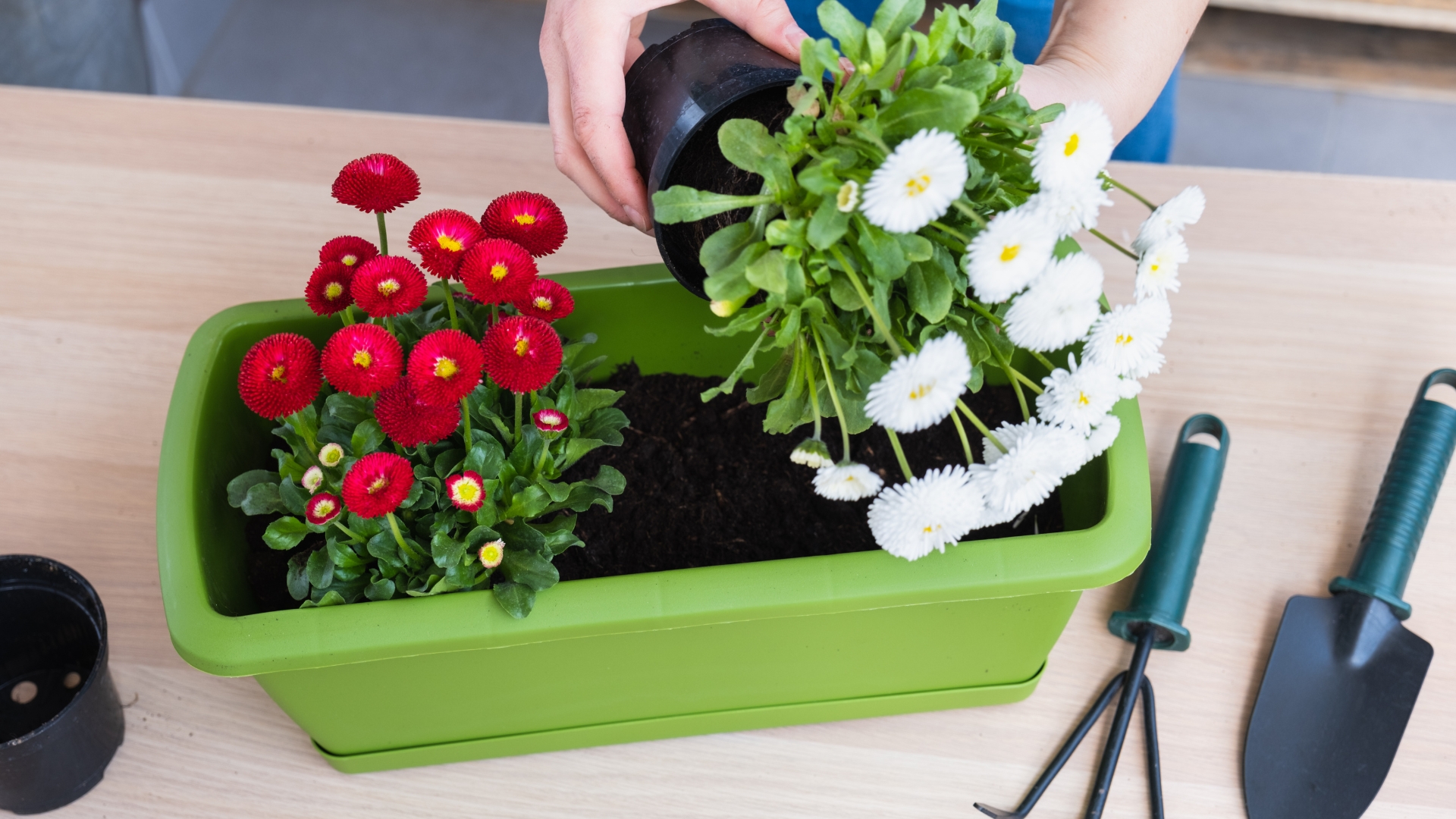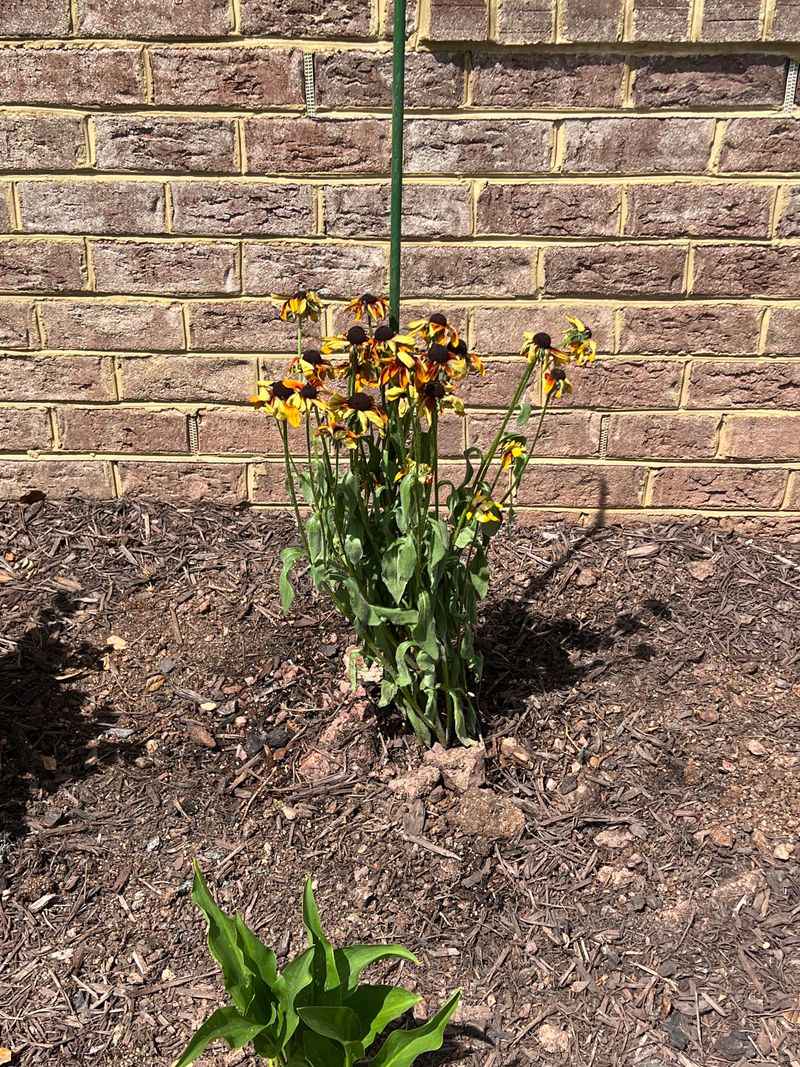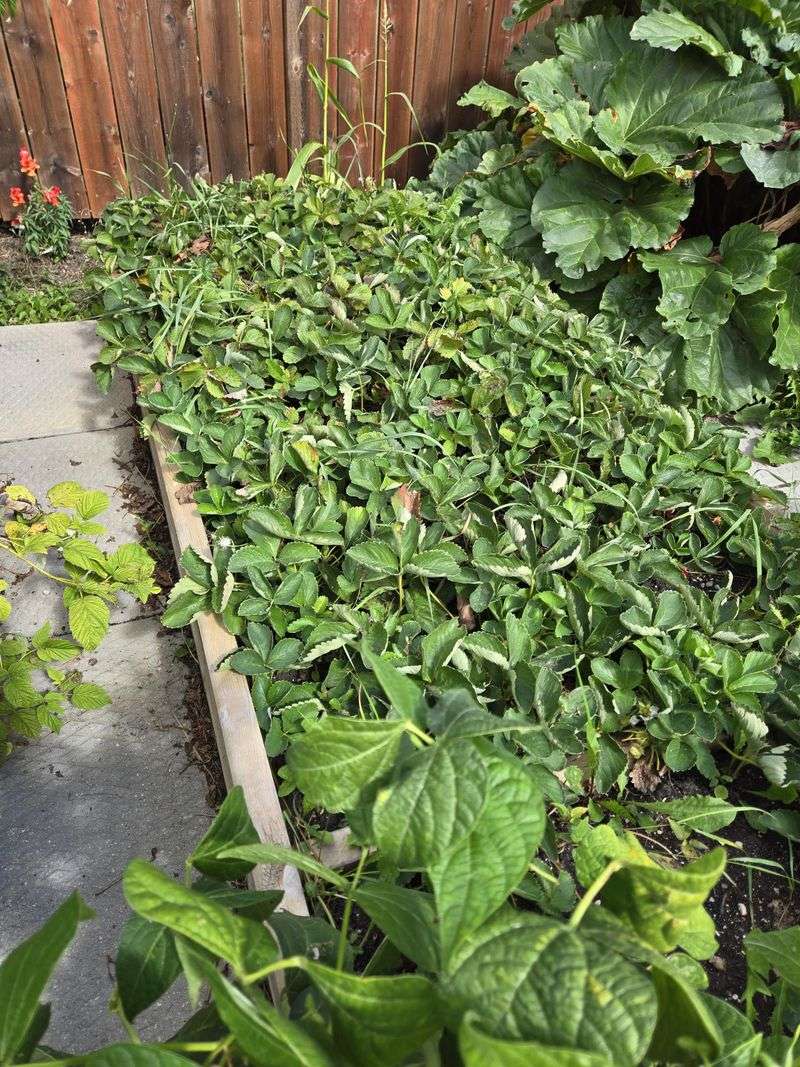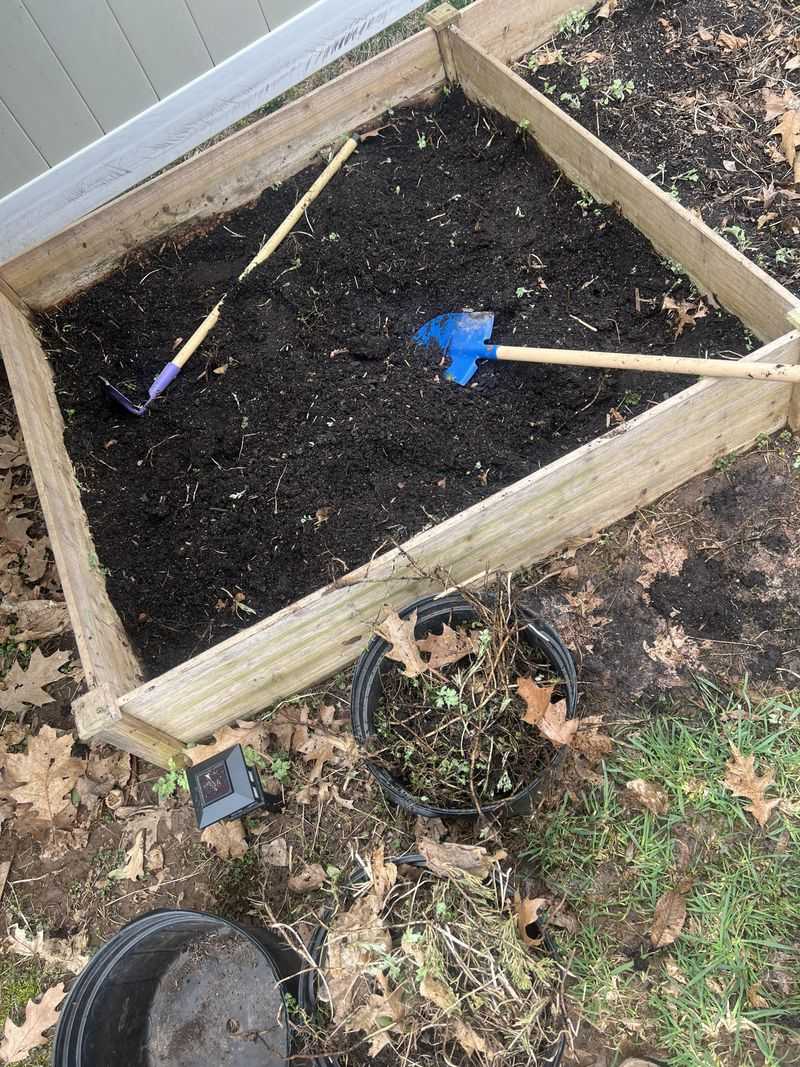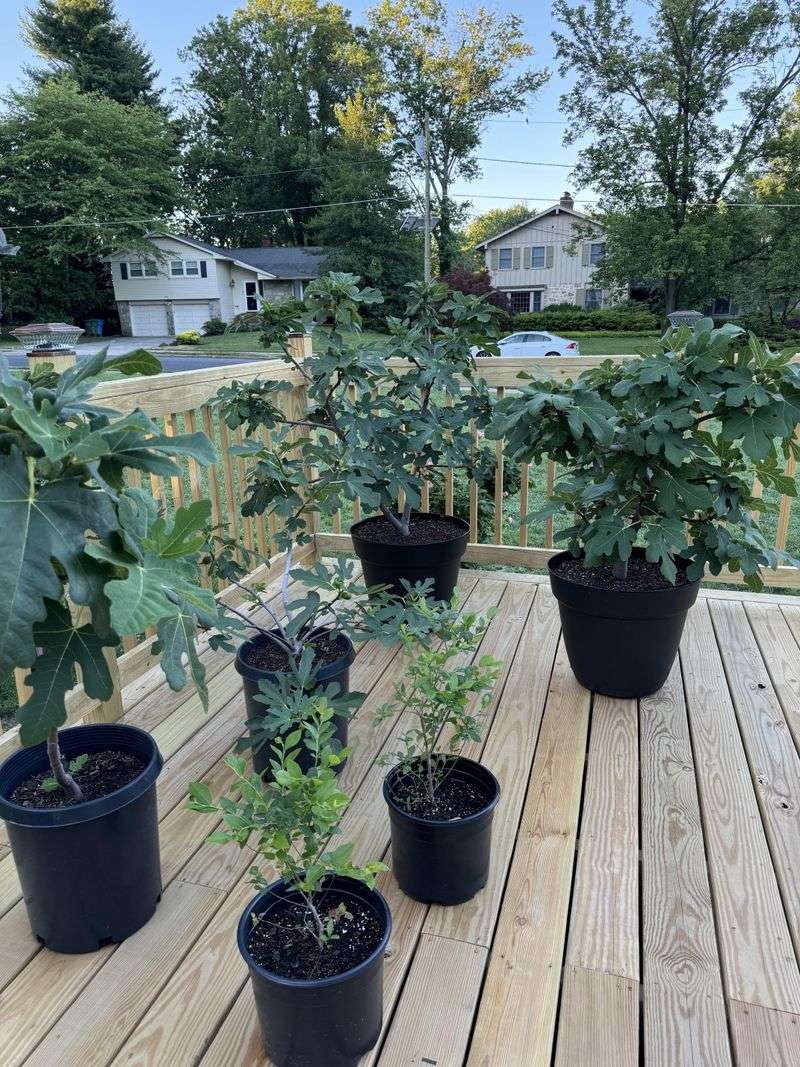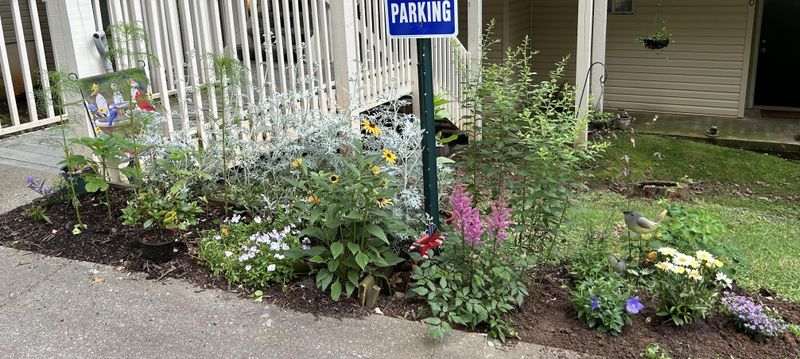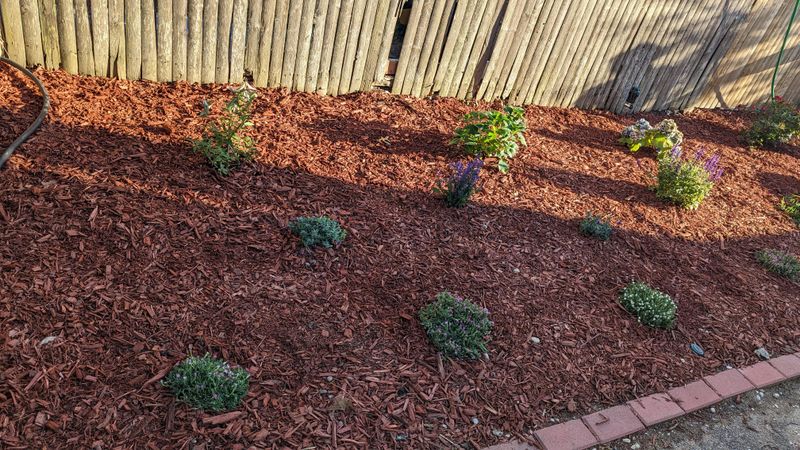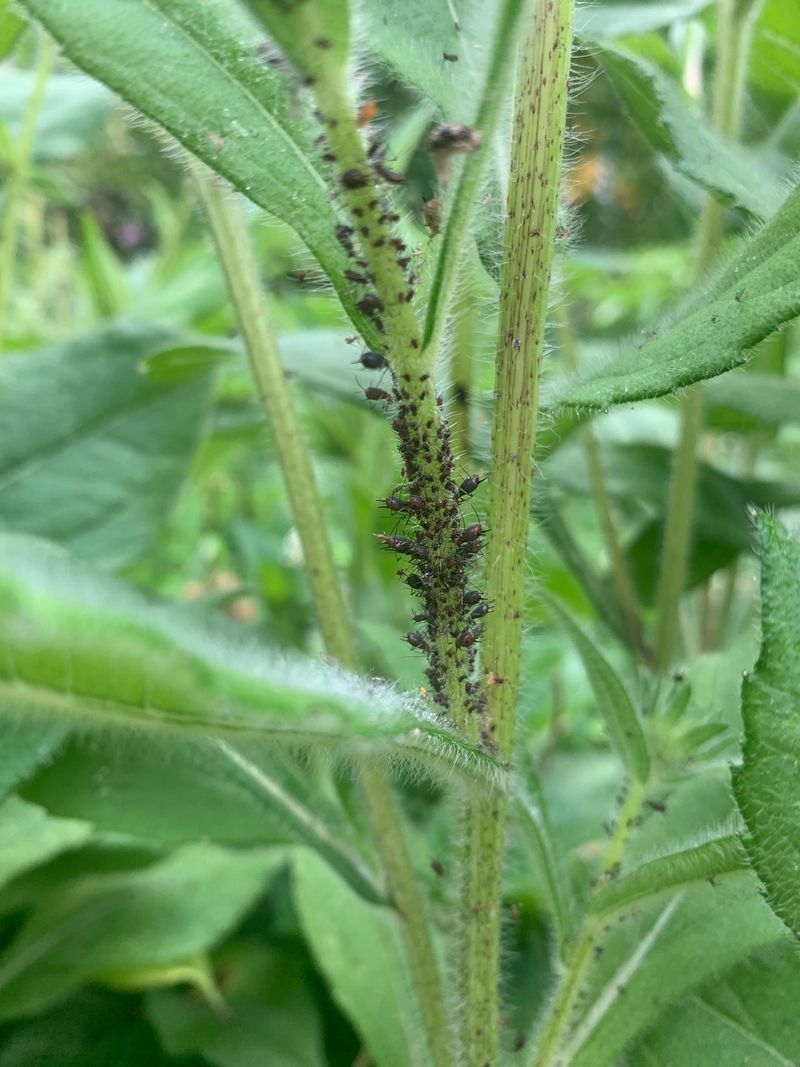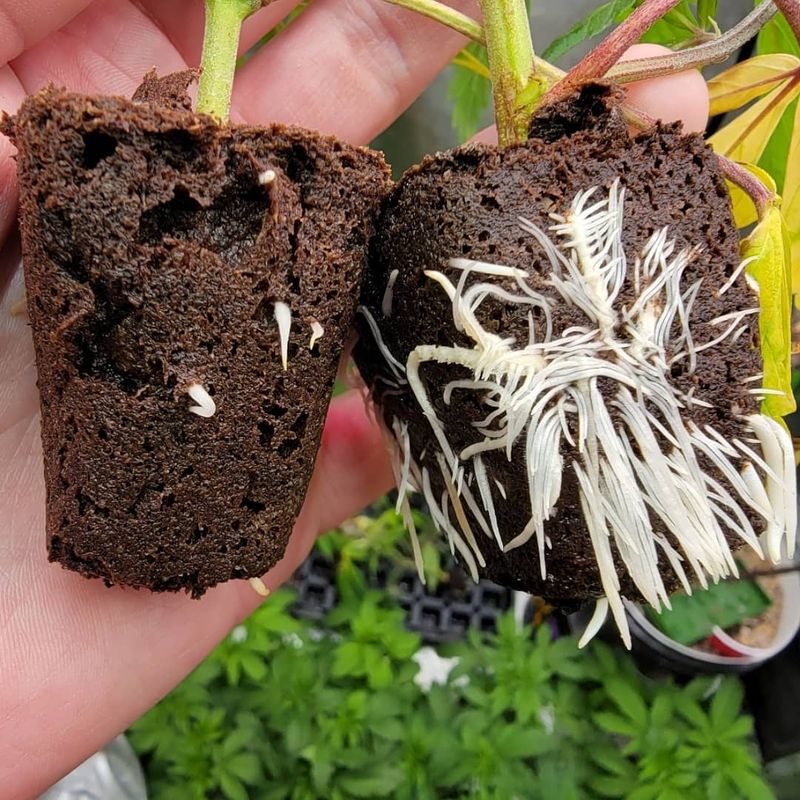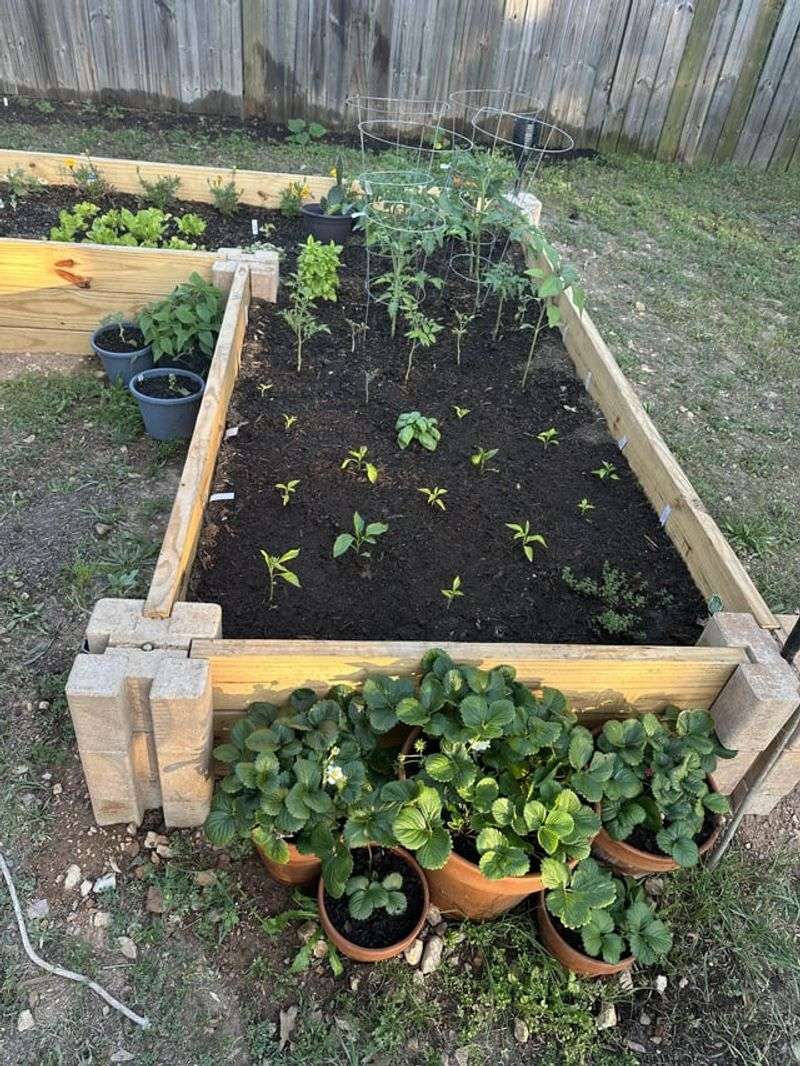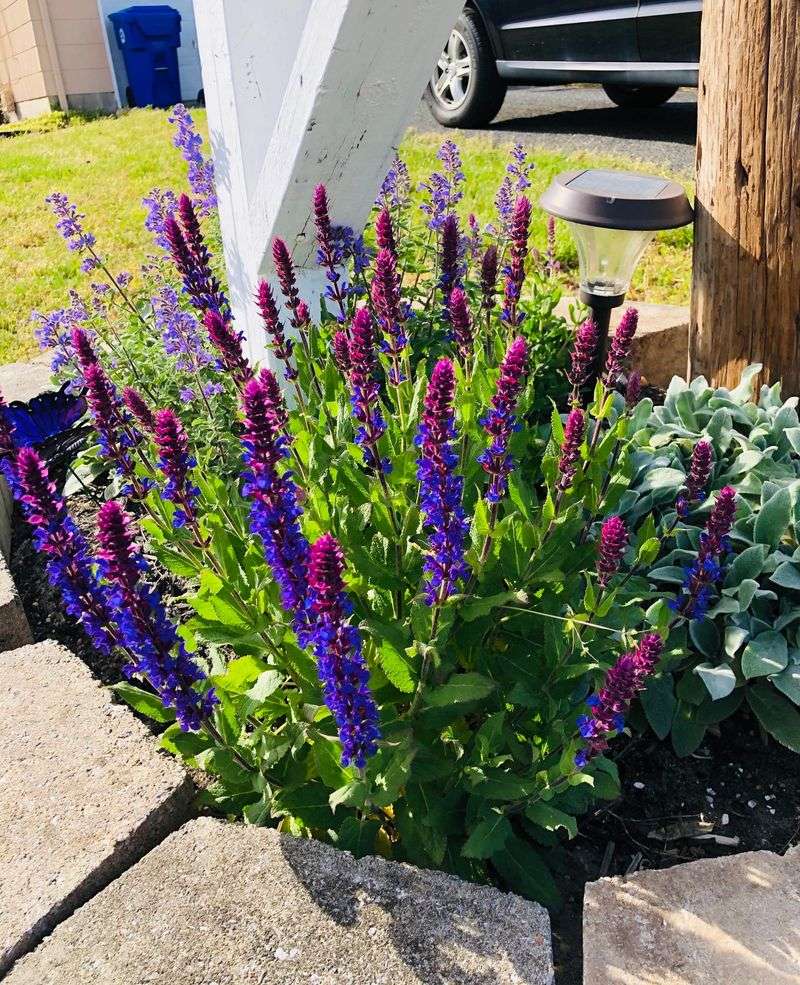Transplanting perennials sounds simple enough—until you’re staring at a wilted mess wondering what went wrong. I’ve been there, and trust me, it’s heartbreaking to see your favorite plants struggle after all that effort.
But with a few smart tricks, you can keep them strong and happy from the start. These are the tips I swear by after plenty of trial and error (and a few plant funerals).
Let’s give those perennials the smooth move they deserve!
1. Water Wisely
Ever noticed how thirsty you get after a long day? Well, perennials feel that too after being transplanted! Make sure to give them a good drink right after they’ve settled into their new spot. This helps their roots establish quickly and reduces the risk of shock.
Watering in the morning is ideal as it allows the plants to absorb the moisture they need throughout the day. Remember, it’s about striking the right balance—not too much, not too little.
A gentle sprinkle can make all the difference to their recovery.
2. Choose the Right Time
Timing is everything, isn’t it? The best moment to transplant perennials is usually during their dormant periods—early spring or fall. This is when they’re not actively growing and can handle the move better.
By choosing the right time, you’re giving them the best chance to adjust without the stress of hot sun or harsh winds. It’s like moving house on a cool, calm day rather than in the middle of a storm!
So, keep an eye on the calendar and plan your moves wisely.
3. Prepare the Soil
Imagine settling into a new home and finding everything you need is right there—sounds perfect, doesn’t it? That’s what good soil preparation offers your perennials.
Before moving your plants, enrich the soil with compost or well-rotted manure. This boosts nutrient content and provides a welcoming environment for the roots.
Well-prepared soil acts like a comfy bed for your plants, helping them snuggle in and grow strong. So, grab that shovel and give your perennials the best possible start!
4. Handle with Care
Think of perennials as delicate treasures. When lifting them for transplant, be gentle to avoid damaging their roots. Use a garden fork to loosen the soil around them first.
This way, you’re supporting the entire root ball, reducing the stress on the plant. Like cradling a newborn, gentle hands ensure they arrive at their new location safe and sound.
Your careful touch will help them transition smoothly and continue thriving in their garden home.
5. Prune Before Moving
It’s a bit like getting a haircut before a big event! Pruning your perennials before transplanting helps reduce the water demand and stress on the plant.
Trim back about one-third of the plant’s foliage. This allows the roots to focus on establishing themselves without having to support a large top growth initially.
Think of it as giving your plants a fresh start—less to worry about above ground means more energy for growing below!
6. Acclimate Gradually
Ever felt overwhelmed meeting too many new people at once? Plants feel a similar way when introduced to a new environment! Gradually acclimate your perennials by placing them in their pots in their new spot for a few days before planting.
This slow introduction helps them adapt to light and temperature changes. Consider it a sneak preview before the big move!
This step can greatly ease their transition and minimize transplant shock. Give them the time they need to settle in.
7. Add Mulch for Protection
Mulch is like a cozy blanket for your perennials, keeping them warm and protected from the elements. After transplanting, layer mulch around your plants to help retain moisture and moderate soil temperature.
This protective layer guards against temperature extremes and helps the soil stay loose and aerated, perfect for those tender new roots.
A good mulch can make all the difference, providing comfort and stability to your perennials as they settle in their new home.
8. Fertilize Sparingly
Ever heard the saying less is more? When it comes to fertilizing newly transplanted perennials, this is especially true.
Too much fertilizer can overwhelm the plants, causing more harm than good. Instead, apply a light sprinkle of a balanced fertilizer to give them the gentle nudge they need to grow.
The focus should be on helping the roots establish first. Over time, as they get comfortable, you can gradually increase feeding and watch them flourish.
9. Provide Shade
You know that feeling when you need a break from the blazing sun? Newly transplanted perennials crave that relief too.
Providing temporary shade using cloth or a garden umbrella can protect them from harsh sun rays until they establish. This breaks up the intensity and prevents leaf scorch.
Think of it as giving your plants a little vacation spot until they find their footing in their new environment.
10. Check for Pests
Pests can throw a wrench in your transplant plans! Before moving your perennials, inspect them closely for any unwelcome guests.
A magnifying glass can help you spot tiny intruders hiding on leaves or stems. Catching these pests early means your plants can settle without additional stress.
Ensuring your perennials are pest-free before transplanting gives them a head start in their new location.
11. Use Root Stimulators
Root stimulators are like energy drinks for plants! They boost root growth and help your perennials recover quickly from the move.
Mixing a root stimulator into the water before transplanting can provide that extra burst of energy.
This encourages the roots to spread and establish, making sure your perennials have the best chance at thriving in their new home.
12. Mind the Spacing
Imagine living in a cramped space with no room to breathe—frustrating, right? That’s how perennials feel when planted too closely.
Ensure you provide enough space between plants for air circulation and growth. It’s like giving them their own comfy room to stretch out and thrive.
Proper spacing helps prevent disease and promotes healthier growth, allowing each plant to shine in its own space.
13. Monitor and Adjust
Keeping a watchful eye on your perennials after transplanting is key. Just like checking in on a friend after a move, monitoring your plants ensures they’re adjusting well.
Look for signs of stress and be ready to make adjustments, like watering more or less, or adding extra shade.
Your attentive care will help them acclimate smoothly, turning your garden into a thriving, vibrant space.
14. Communicate with Fellow Gardeners
There’s nothing like sharing stories with fellow gardeners who’ve been there and done that. Exchanging tips and advice can offer fresh insights and solutions.
Whether in person or online, these conversations can be as revitalizing as a cup of tea on a chilly day. Tap into the wisdom of the community to help your perennials thrive in their new home.
15. Celebrate the Small Wins
Every little triumph in the garden is worth celebrating, isn’t it? Watching your perennials take root and eventually bloom is a testament to your hard work.
Enjoy those moments when a new leaf unfurls or a tiny bud appears. These small victories are a reminder that you’re on the right path.
So, take a moment to smile and revel in the beauty you’re nurturing, one perennial at a time!

